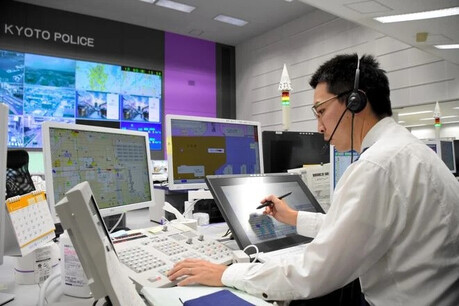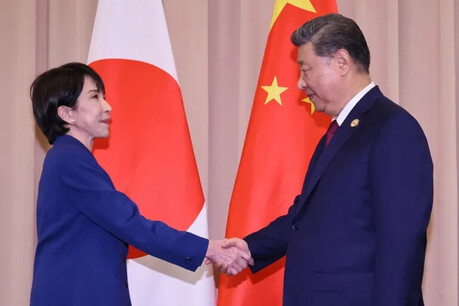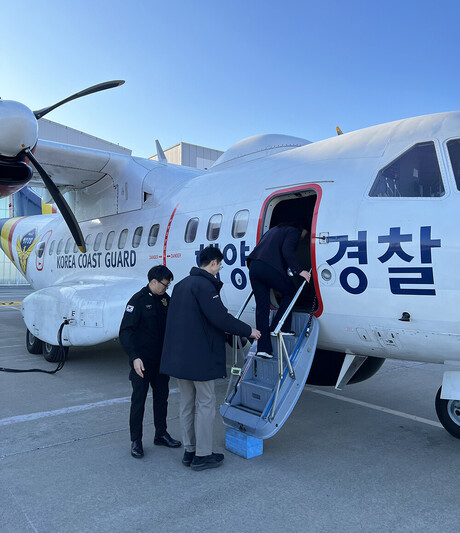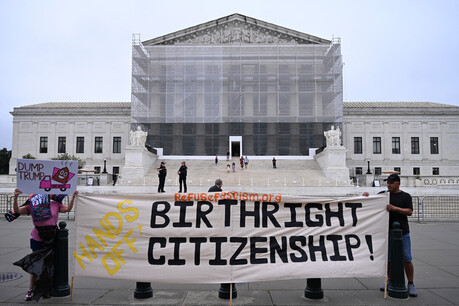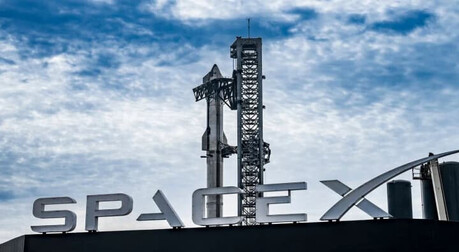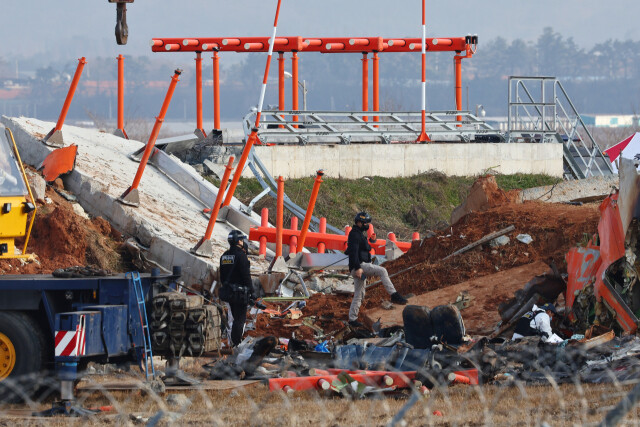
MuAn, South Korea – The design of a runway guidance system at MuAn International Airport has come under intense scrutiny following a fatal jet crash last week. Critics allege that the localizer, a radio navigation aid, was constructed with a sturdy concrete base atop a mound of earth, exacerbating the damage to the aircraft upon impact.
While the South Korean government maintains that the localizer was installed in compliance with both domestic and international regulations, a four-year-old design document has emerged that suggests otherwise. The document, part of a 2020 tender for upgrading the airport's instrument landing system, explicitly called for the design of equipment to be "easily breakable." Despite this directive, the localizer at MuAn was built with a robust concrete foundation.
"The localizer was installed outside the runway end safety area, so it does not fall under the purview of the Aviation Obstacle Management Guidelines," said Ju Jong-wan, director-general of the Ministry of Land, Infrastructure, and Transport's Aviation Policy Bureau. However, these guidelines stipulate that "all equipment or installations that are considered obstacles on the runway and end safety area should be mounted on breakable supports."
The government has also pointed to International Civil Aviation Organization (ICAO) regulations, which, they argue, apply to facilities installed within 240 meters of the runway threshold. However, experts contend that the ICAO guidelines are merely recommendations, and that the evolving nature of aviation technology, particularly the increasing size of aircraft, necessitates a more stringent approach to safety.
"When MuAn Airport was designed, the international standard applied to facilities within 150 meters," said Kwon Bo-heon, a professor of aviation at Kookdong University. "There's no reason to cling to outdated regulations when aircraft have become so much larger."
In response to the growing controversy, aviation experts are calling for a comprehensive review of safety regulations governing airport infrastructure. They argue that the primary purpose of establishing end safety areas and requiring breakable equipment is to provide multiple layers of protection in the event of an accident.
"If an airport cannot extend its end safety area due to space constraints, it should consider installing an Engineered Materials Arrestor System (EMAS)," said Professor Kwon. EMAS is a system designed to decelerate aircraft that overrun the end of a runway, reducing the risk of damage and injury. While widely used in the United States, EMAS systems are not yet in place at any airports in South Korea.
[Copyright (c) Global Economic Times. All Rights Reserved.]
















